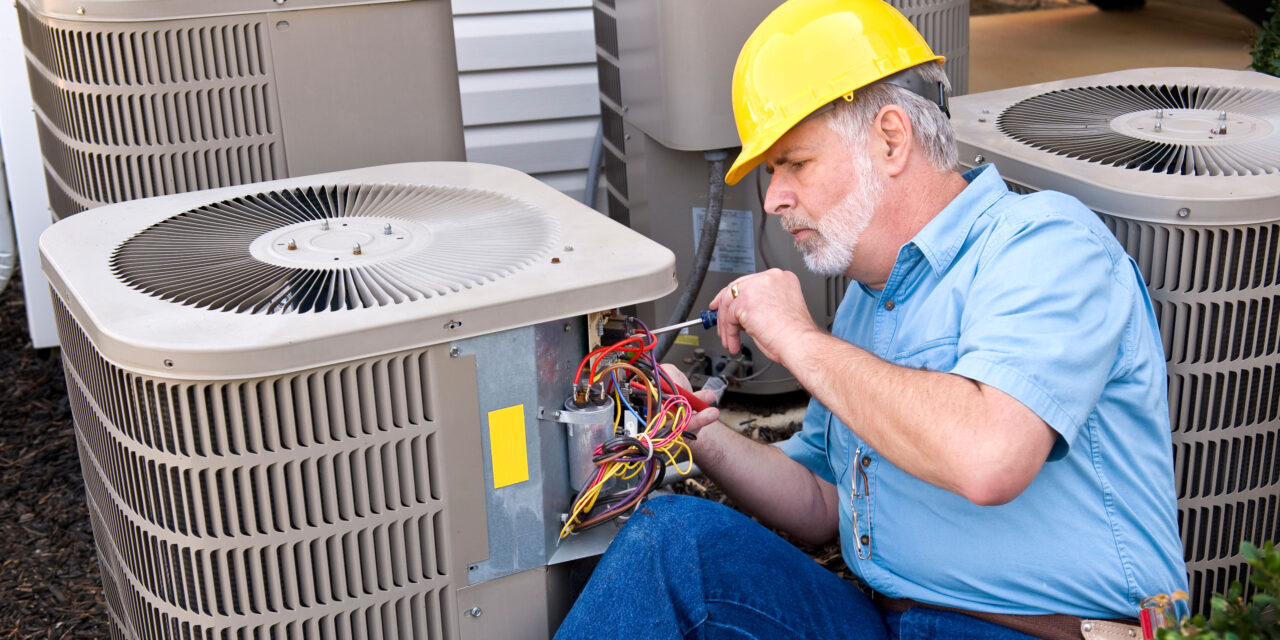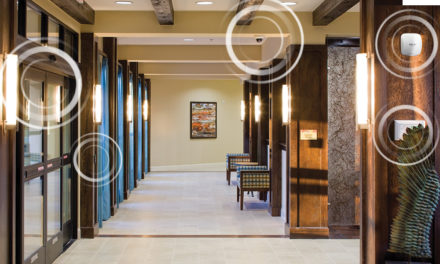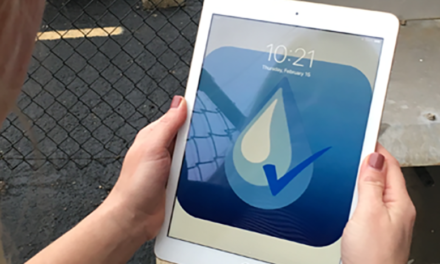Learn how to reduce your backlog with preventive strategies and planned projects to avoid the impacts of deferred maintenance. It’s time to replace reactive approaches with proactive planning to help ensure the safety and comfort of everyone in your building.
The Dangers of Deferred Maintenance
For one community, deferred maintenance had dangerous and costly consequences.
On one hot summer day, a heatwave hit a building from the inside and outside when a chiller went down. The community’s chiller was running long past its recommended use cycle and was only undergoing temporary fixes. A phone call from a caregiver in the west wing informed the building’s maintenance staff that the temperature seemed to be rising in that area. This was only the beginning of the underserviced chiller’s impact on the community.
Residents in the west wing began to experience headaches, nausea and other symptoms from the rising temperatures. Community caregivers relocated them to another area of the building, only to find the same hot temperatures impacting that area. It didn’t take long for the entire building to be at an unhealthy and dangerous temperature for its residents. The sweaty and sticky situation resulted in an emergency call for a rental unit. However, with the heatwave impacting the entire regional area- there were no rental units available.
The entire building had to be evacuated. Residents experienced unhealthy conditions and family members were disappointed with the community’s level of care. All of this was because of deferred maintenance.
What is Deferred Maintenance?
Deferred maintenance is the postponing of necessary maintenance work and repairs. It commonly occurs due to a lack of budget or staffing resources needed to complete maintenance repairs. However, deferred maintenance can lead to additional repairs and fixes, air quality issues and increased energy absorption for buildings.
Myth: Quick, temporary repairs are cheaper and more cost-effective.
Fact: Deferred repairs end up being more expensive in the long haul with equipment rentals, lead times and emergency situations that arise.
What are the Hidden Dangers and Costs of Deferring Maintenance?
When calculating deferred maintenance costs, there is more than just the capital dollars to take into consideration. Here are some of the top costs and consequences that arise from a lack of proper maintenance:
Evacuations. Evacuations are one of the worst-case scenarios of deferred maintenance. Full building evacuations to move residents and their medical records can cost hundreds of thousands of dollars for communities. Most commonly, they are caused by failed chillers and improper chiller maintenance.
Long lead times & emergency equipment rentals. Common maintenance equipment is currently on a backlog with a lead time of months from most manufacturers. While any equipment in your building is out, you’re paying rental fees for temporary replacements. The longer you have to wait, the more you have to pay. It costs more to wait until the equipment breaks rather than following a routine repair and check-up schedule.
Sick building syndrome. Sick building syndrome refers to indoor air quality causing respiratory sickness and breathing problems for staff and residents. It’s attributed to cleaning chemicals in the air, as well as skin, dander, dust and outdoor smoke. Needlepoint Bipolar Ionization, HVAC filtration and planned maintenance, as well as portable air purifiers can help combat sick building syndrome in your staff and residents.
Fines and regulation violations. Buildings not following regular preventive maintenance schedules and deferring maintenance repairs may find themselves subject to Life Safety violations and OSHA fines related to building temperature and indoor air quality standards. OSHA fines can range from $15,000 to $150,000 based on the severity of the violation. View our webinar on OSHA’s recent Emergency Standardization and what it means for ventilation in your healthcare setting.
Opening a ticket for a deferred maintenance project could cost a community around $500. From deferred maintenance equipment rentals, overtime service hours and resulting fines, a community may be looking at expenses starting at $10,000- that’s a big capital difference.
Most Commonly Deferred Maintenance Equipment and Repairs
Below are some of the most commonly deferred maintenance items. Are any in need of attention in your building?
- HVAC units around 11-12 years old
- Cooling towers and chillers at end of equipment life
- Water heaters and boilers around 11-15 years old
- Outdated facility control systems
- Emergency generators
Dusting Off Your Deferred Maintenance Projects
When evaluating your deferred maintenance budget and equipment in need of attention, it might be hard to know where to even start. Here are three steps to get you started when evaluating your next complex project:
- Know and record the useful life of all your major mechanical building systems. If equipment is nearing the end of its useful life, consider starting a project to replace it before it begins to fail.
- Follow manufacturer warnings and preventive maintenance schedules on new equipment. Keep track of any pieces of equipment that have required any extra repairs in the past 12-18 months. These items may be projects to consider getting started.
- Be proactive about taking care of your equipment and consider computerized maintenance management software, like TELS Platform.
- To avoid long maintenance lead times and hefty equipment rental fees, prioritize your organization’s deferred maintenance list before capital planning season.
By incorporating preventive maintenance software and getting started on complex projects, you can reduce your maintenance backlog and save time and money on your building’s equipment maintenance costs. If you take care of your building and its equipment, it will take care of your staff and residents.
How Direct Supply TELS can help
Direct Supply TELS is here to help you with your maintenance backlog management. Our team of customer service professionals and experienced technicians can help check items off your deferred maintenance to-do list and execute your projects with ease. Be proactive, not reactive, when it comes to your building’s maintenance needs with free project quotes from solution experts with a nation-wide service provider network.
Learn more about TELS Projects or call 888-433-3224 to get started on your deferred maintenance backlog and equipment repairs.




